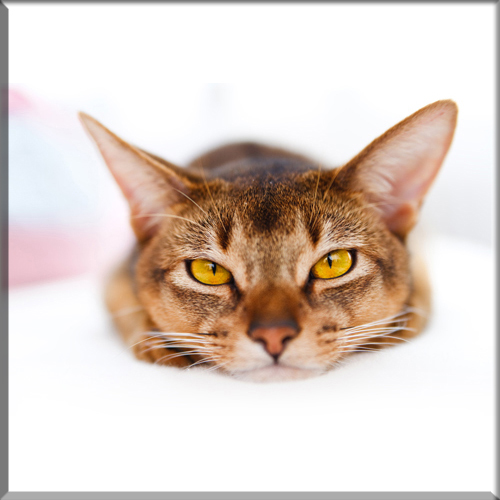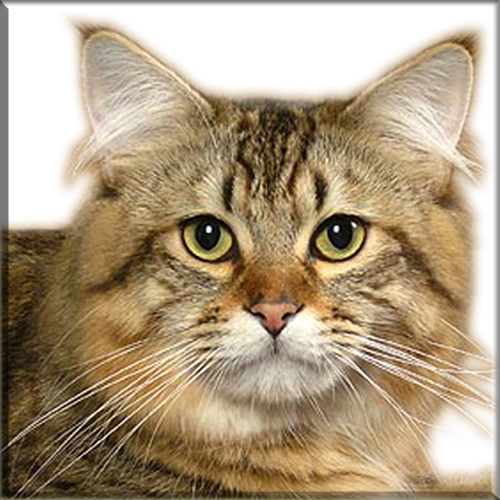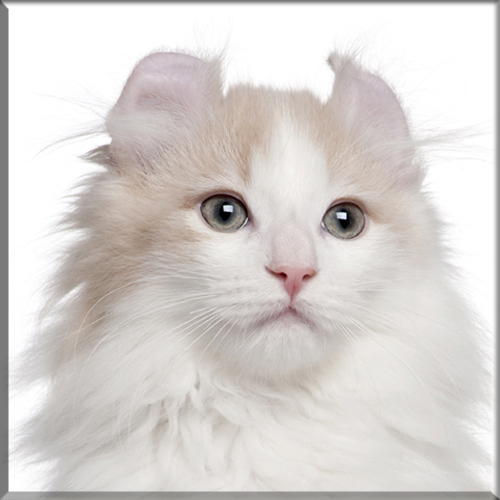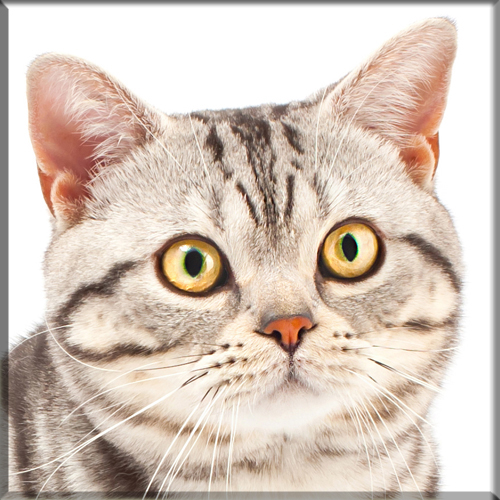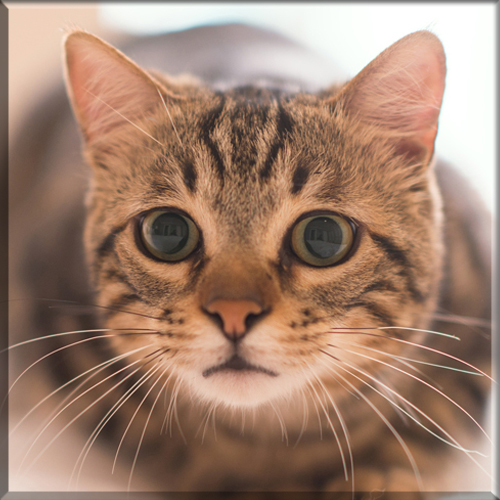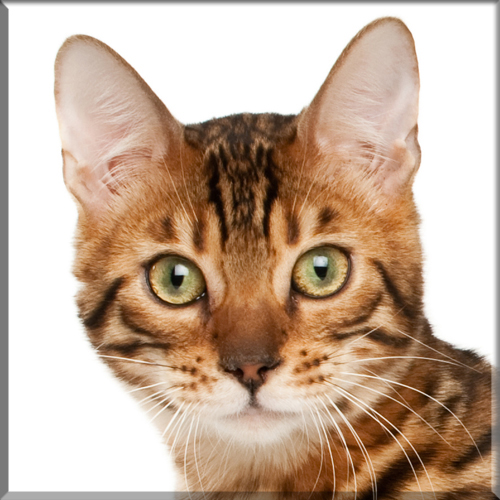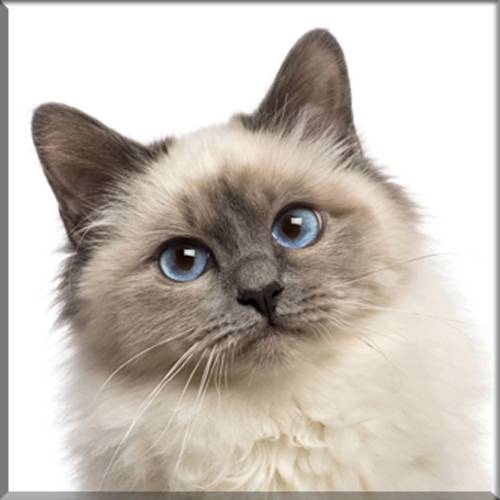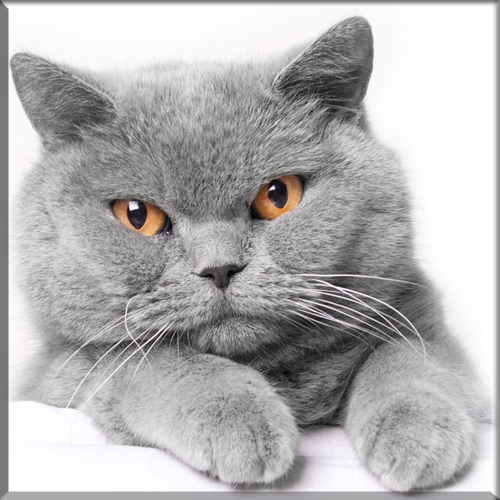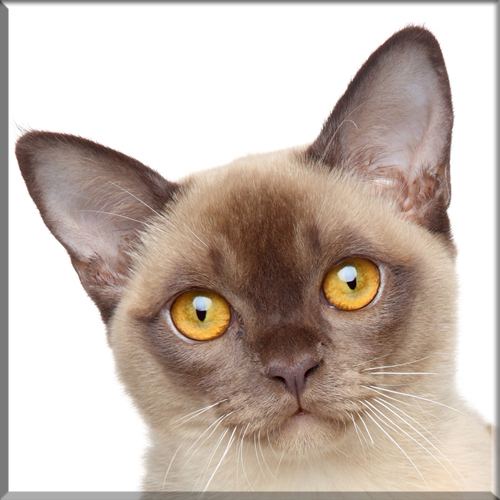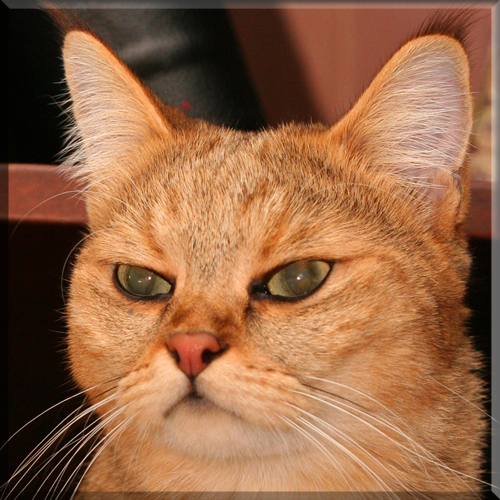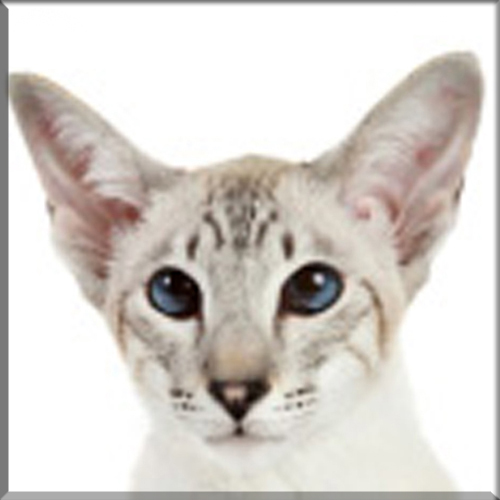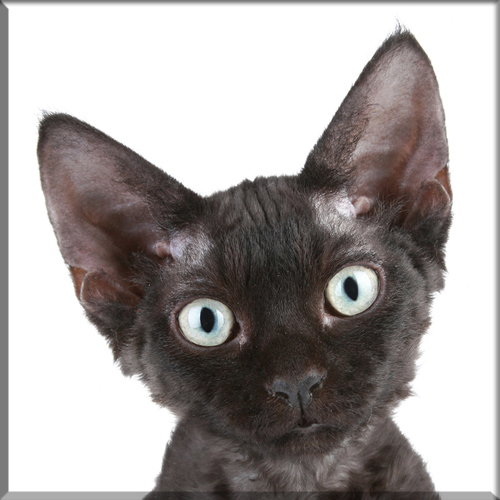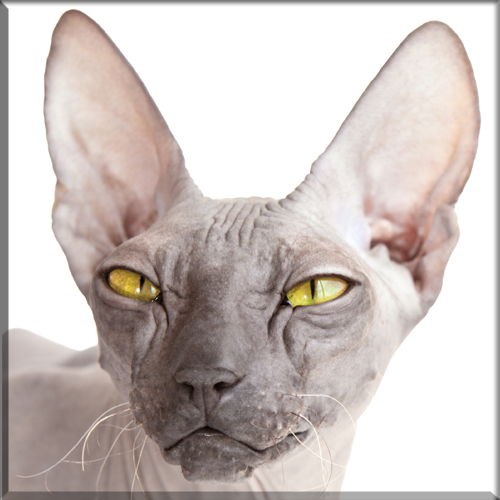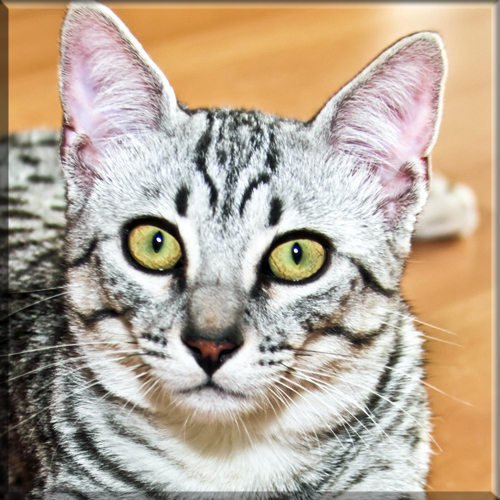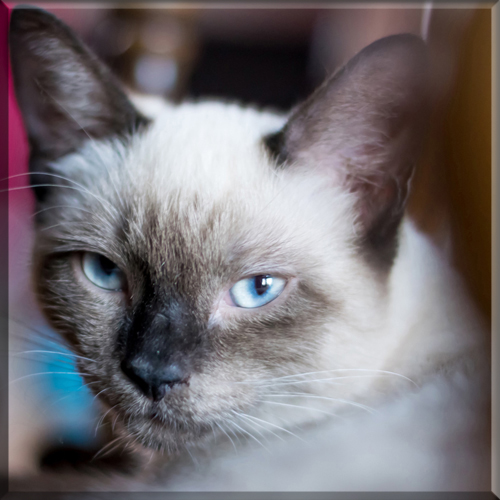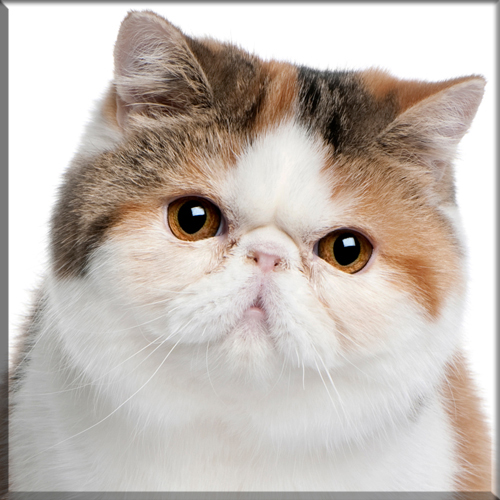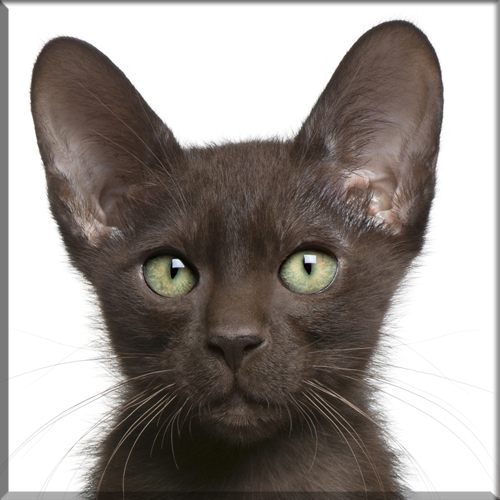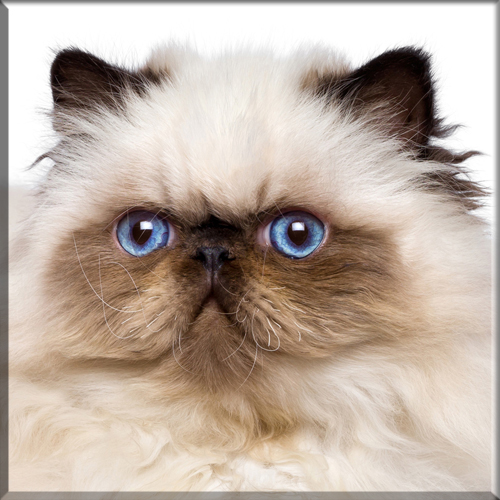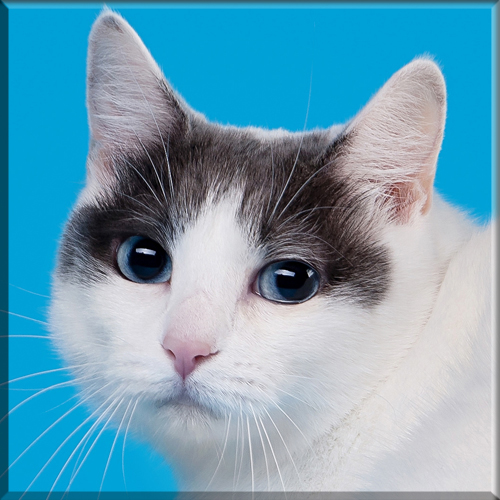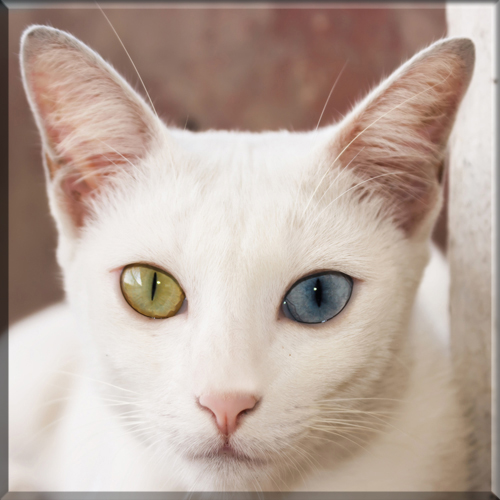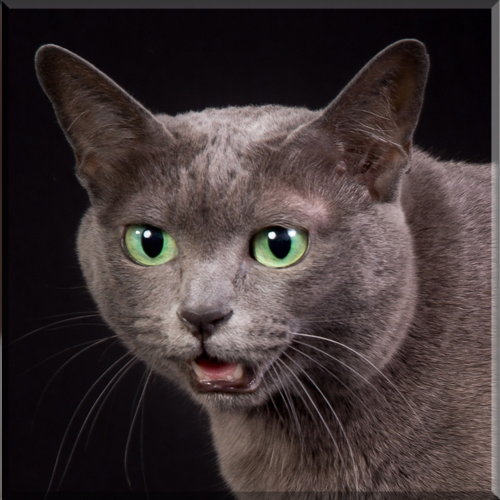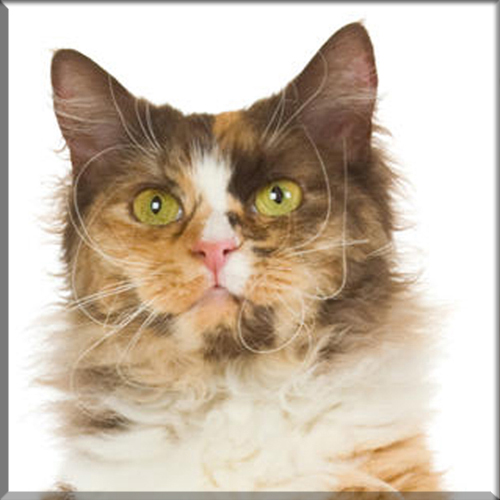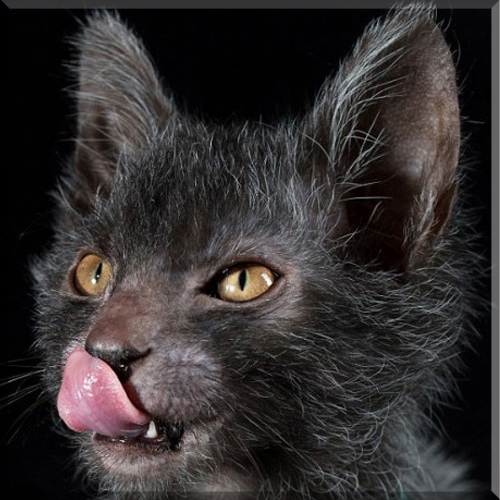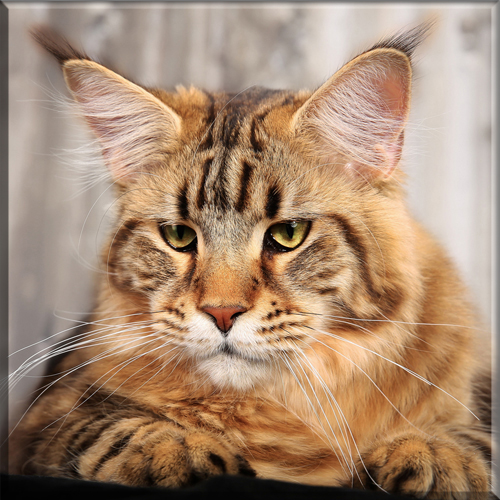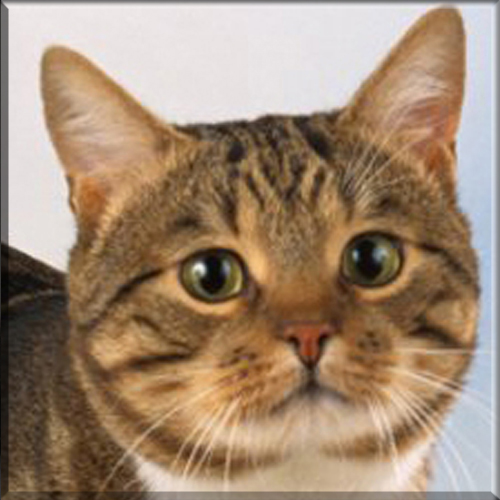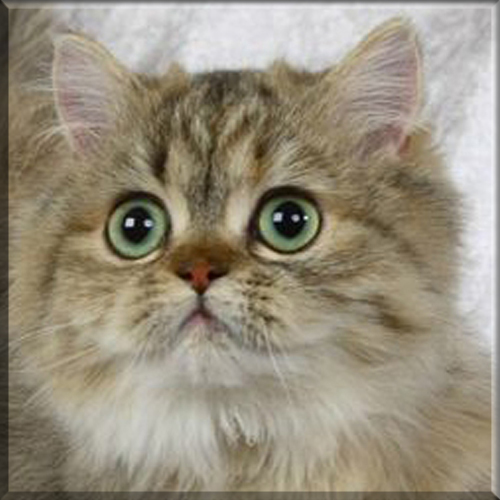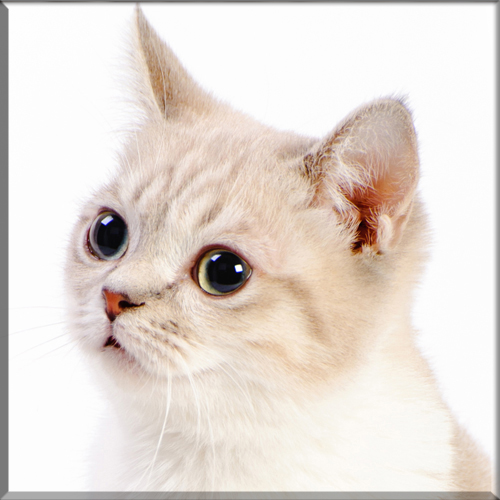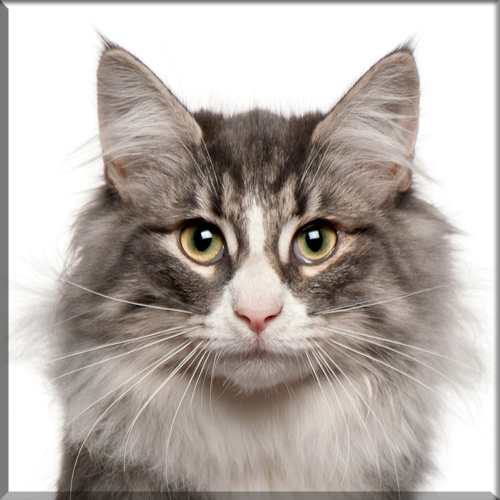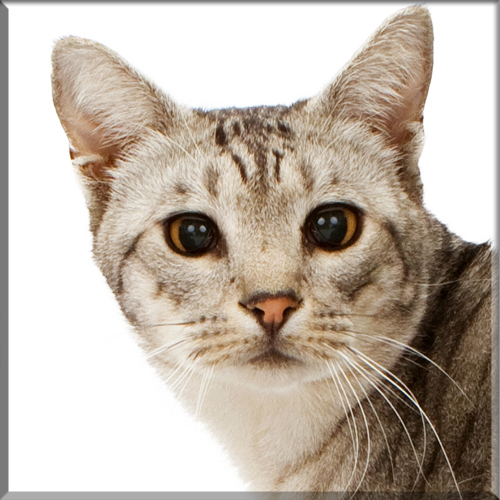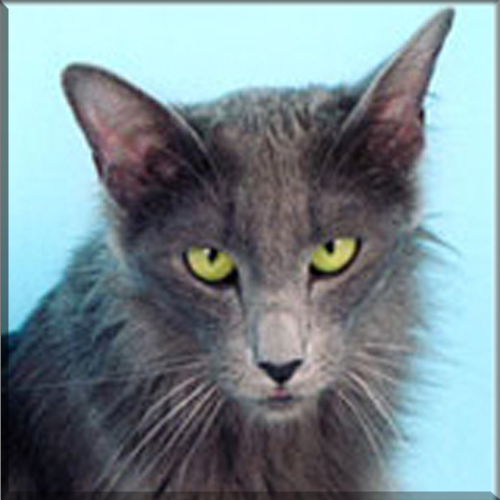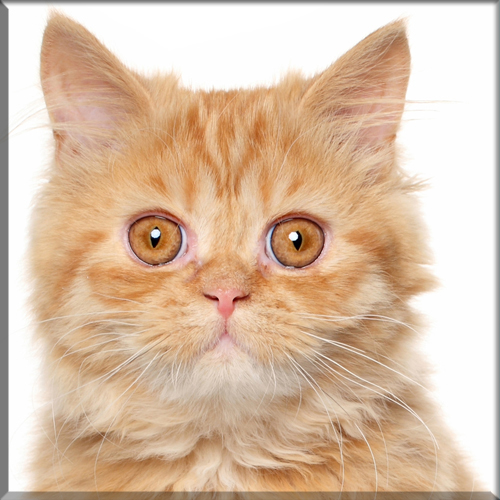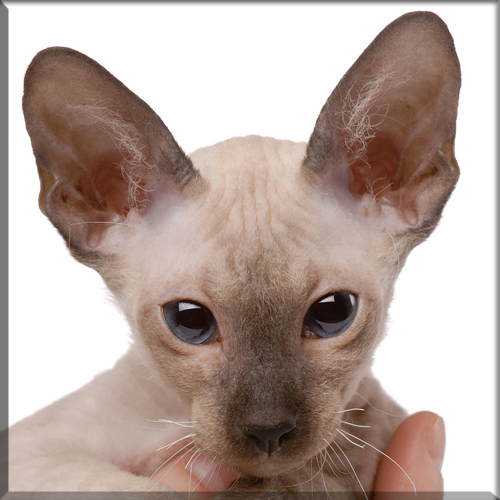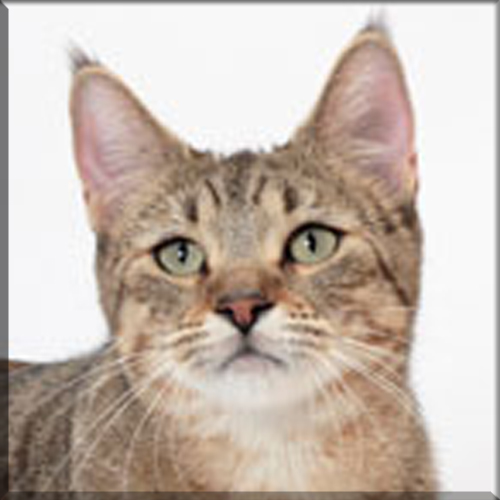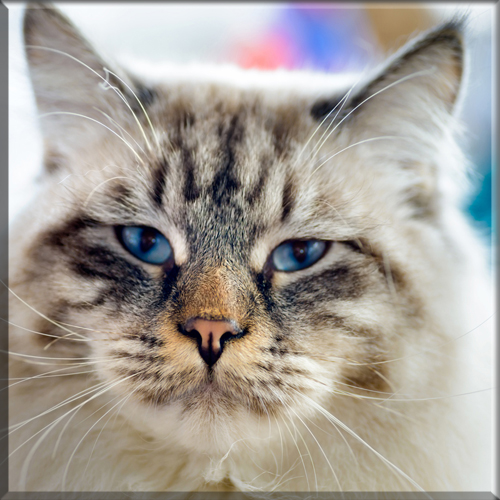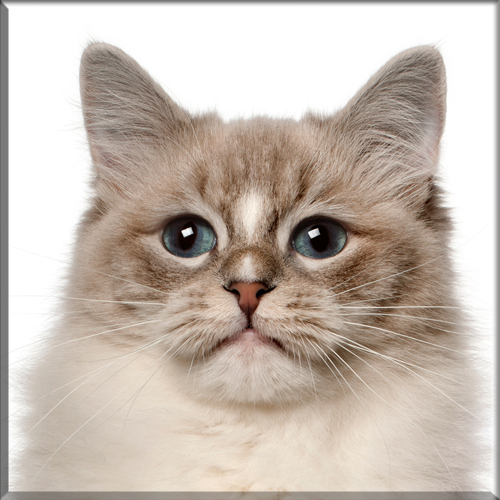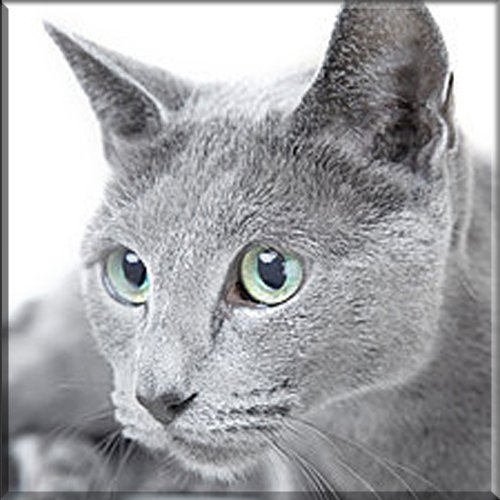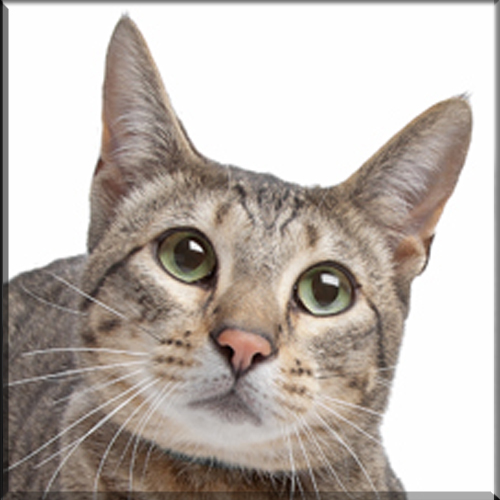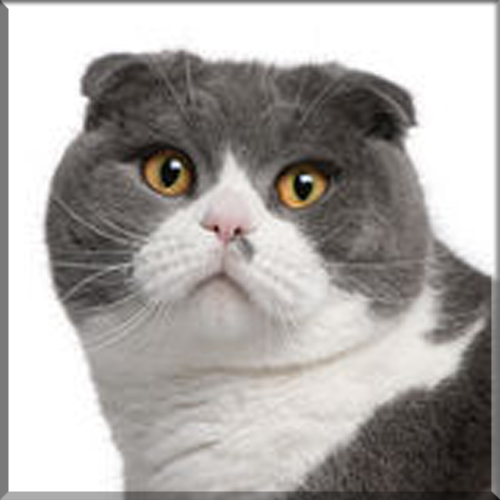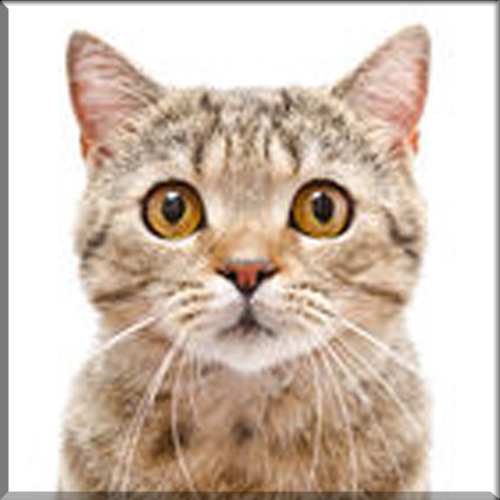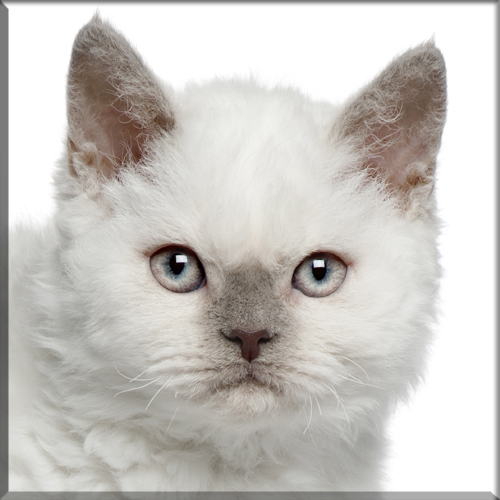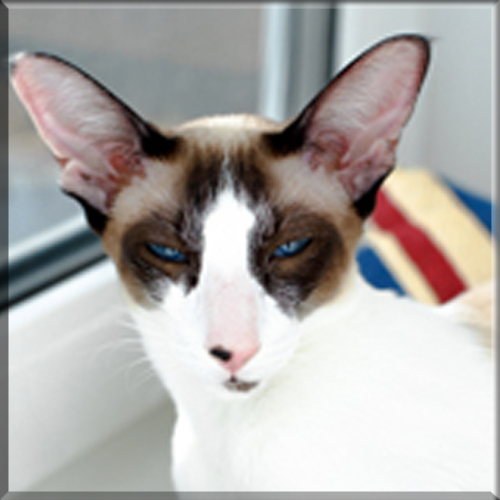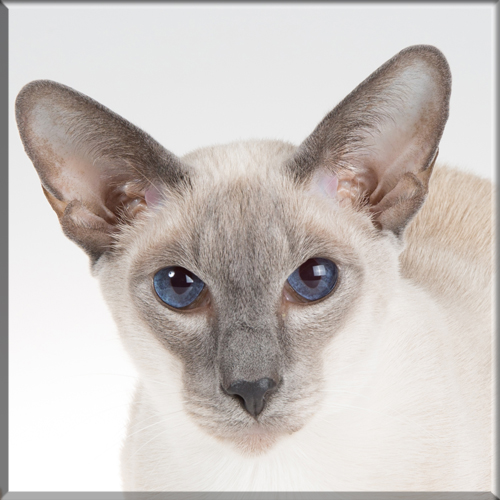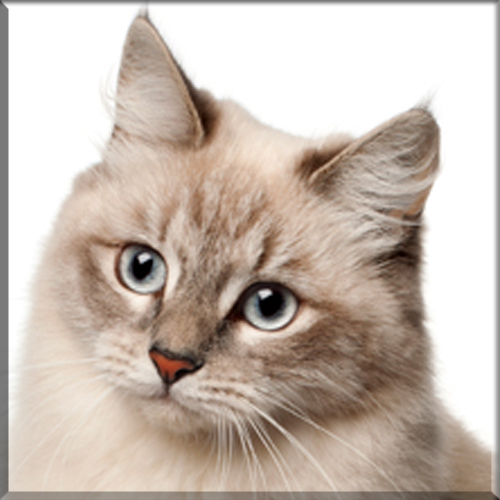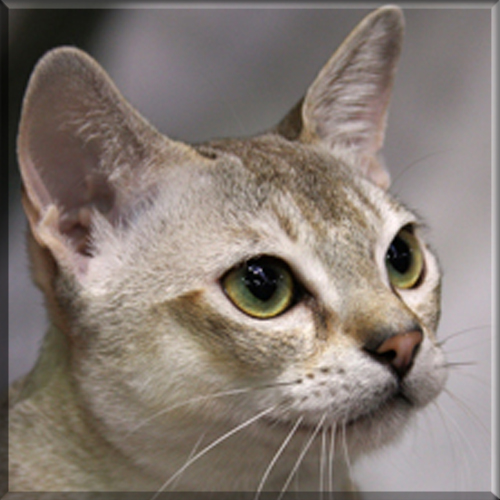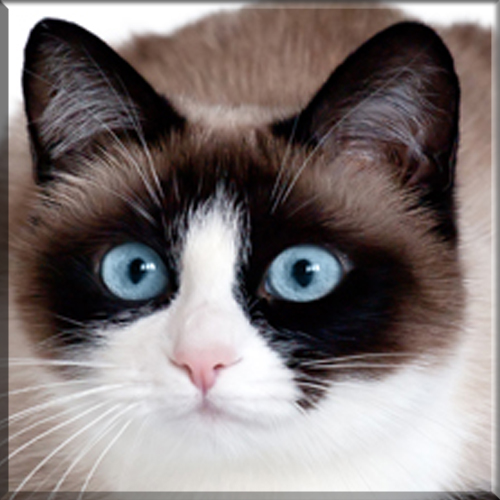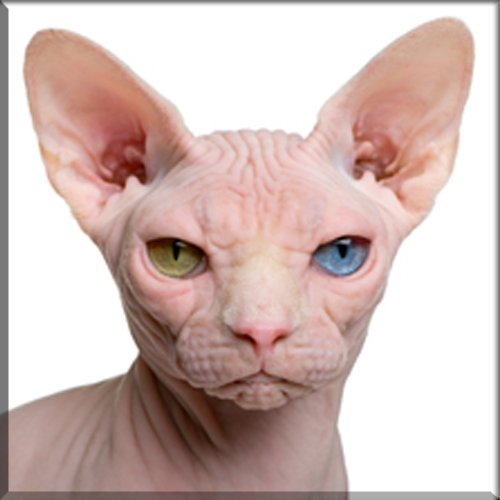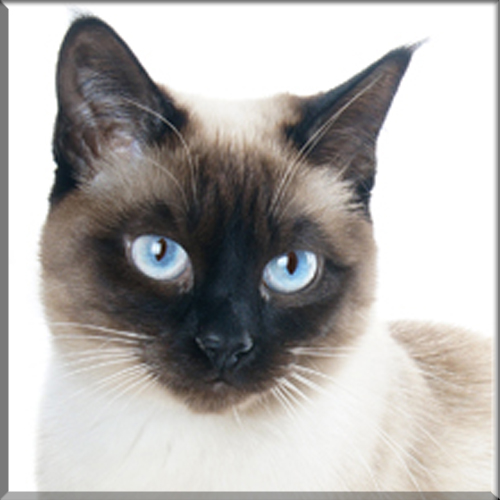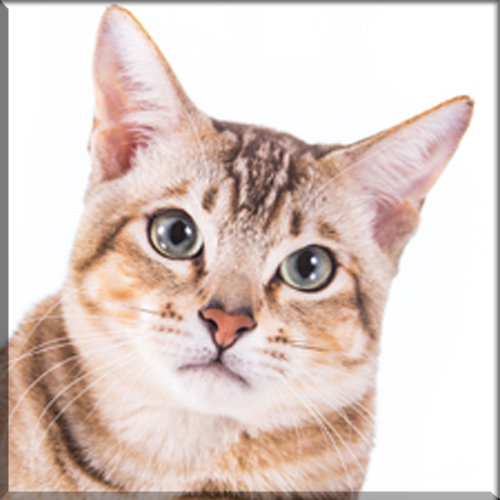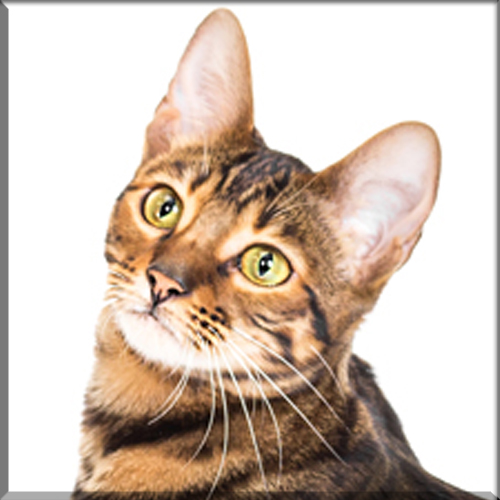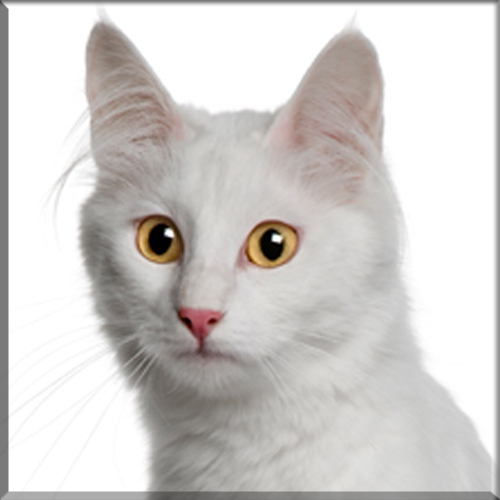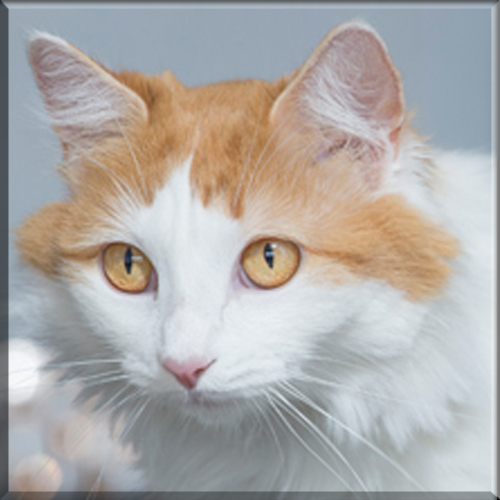Siberian
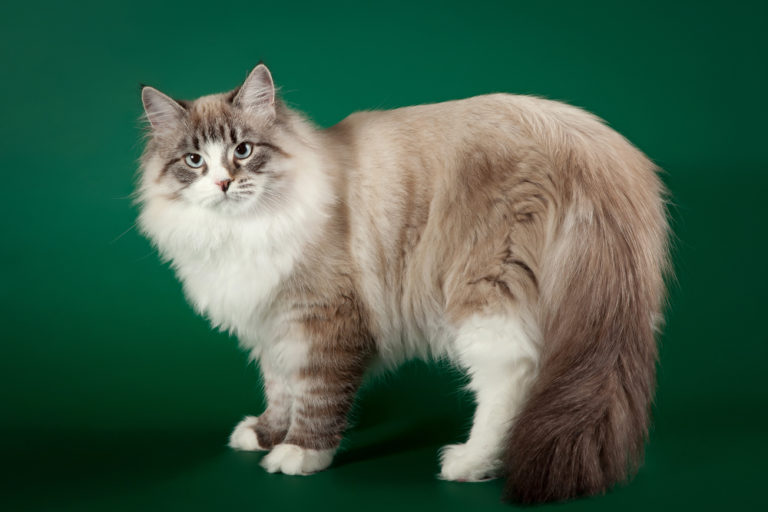
Appearance and features:
Known to be an exceptionally agile jumper, the Siberian is a strong and powerfully built cat, with strong hindquarters and large, well rounded paws and an equally large full tail. They have barrelled chests and medium/large sized ears, large eyes, broad foreheads, and stockier builds than other cats. Their large round eyes give an overall sweet expression to their face. Siberians have a slight arch to their back, because their hind legs are a bit longer than the front legs. This shape contributes to their incredible agility and athleticism. Siberians express the three natural types of feline fur: guard hair, awn hair, and down hair. These three layers protect the cat from the Russian weather extremes, and provide a hardy, easy to care for coat today. The fur is textured but glossy, which decreases the occurrence of matting.
Size:
Family:
Coloring:
Origin:
The breed is starting to gain in popularity due to the claim that it is a hypoallergenic cat. Although not proven scientifically, some Siberians do have a lower than average occurrence of FelD1 in their saliva, which is what causes the allergen. When a cat licks its fur, the saliva dries and flakes to create the dander to which people have an allergic reaction. This can vary from cat to cat and person to person
Temperament:
Health concerns:
Breed Characteristics
Here is a helpful guide for the different characteristics of the breed. On a Scale of 1-5. 1 being very low level to 5 being high level.
Hypoallergenic: Yes
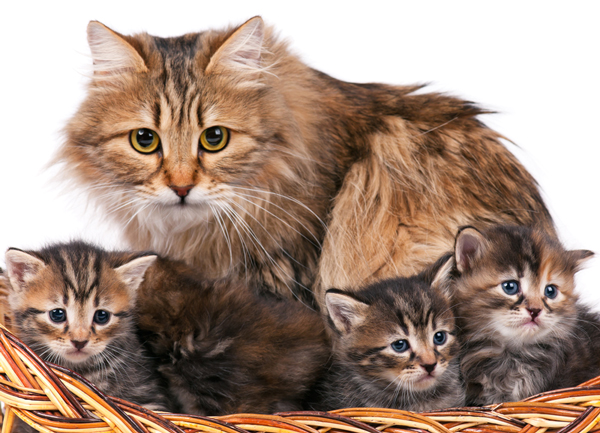
Breeders With Currently Available Kittens
All The Cat Breeds
- Abyssinian
- American Bobtail
- American Curl
- American Shorthair
- American Wirehair
- Balinese
- Bengal
- Birman
- Bombay
- British Shorthair
- Burmese
- Burmillia
- Charteux
- Chausie
- Colorpoint Shorthair
- Cornish Rex
- Devon Rex
- Donskoy
- Egyption Mau
- European Burmese
- Exotic
- Havana Brown
- Highlander
- Himalayan
- Japanese Bobtail
- Khao Manee
- Korat
- LaPerm
- Lykoi
- Maine Coon
- Manx
- Minuet / Napolean
- Munchkin
- Norwegian Forest Cat
- Ocicat
- Oriental Longhair
- Oriental Shorthair
- Persian
- Peterbald
- Pixie Bob
- Ragamuffin
- Ragdoll
- Russian Blue
- Savannah
- Scottish Fold
- Scottish Straight
- Selkirk Rex
- Seychellois
- Siamese
- Siberian
- Singapora
- Snowshoe
- Somali
- Sphynx
- Thai
- Tonkinese
- Toyger
- Turkish Angora
- Turkish Van

